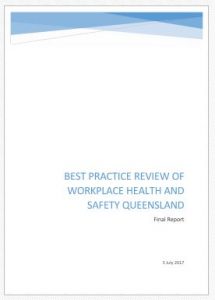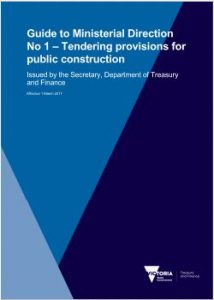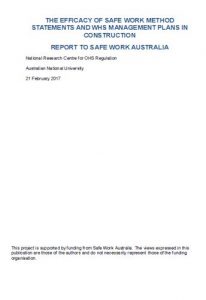The Western Australian Government is getting serious about making its occupational health and safety regime consistent with the strategies and operations of the other Australian States. On 27 August 2017, Premier Mark McGowan stated, in a media release, that
“Penalties for workplace safety offences haven’t changed for 13 years. The substantial increases reflect the seriousness of ensuring the safety of Western Australian workers.”


 Innovation in occupational health and safety (OHS) is often encouraged by government but government processes and policy can also discourage and limit this. An obvious example is where government insists on compliance with OHS laws in its tendering criteria but acknowledges that the tender safety criteria remains outdated and, privately, that OHS compliance is not enough to ensure a safe and healthy workplace.
Innovation in occupational health and safety (OHS) is often encouraged by government but government processes and policy can also discourage and limit this. An obvious example is where government insists on compliance with OHS laws in its tendering criteria but acknowledges that the tender safety criteria remains outdated and, privately, that OHS compliance is not enough to ensure a safe and healthy workplace.
 The community and media responses to the
The community and media responses to the